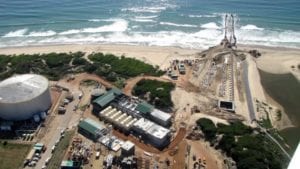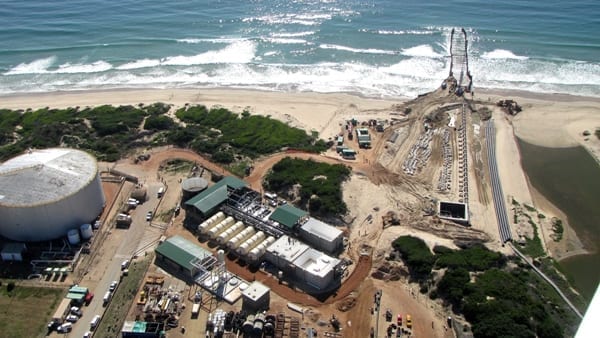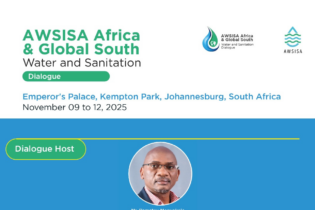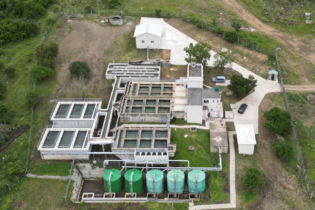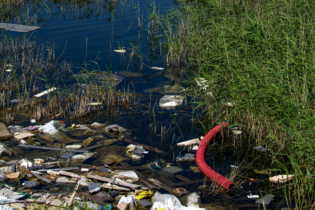Meanwhile, the brackish desalination market held steady in 2015 while other feedwater streams are near 2014 levels in 2016 after a strong showing in 2015. Interestingly, a resurgence of interest in reuse projects is occurring in North America but also India and China, as the latter two experience continued industrialisation and environmental control. Further global development of reuse solutions is expected as both industry and municipalities fully grasp the benefits of water reuse strategies.
Data from the IDA Yearbook also shows that the largest gains in desalination capacity this year were in the Middle East and North Africa, driven by several new large projects and increased activity in Egypt and Oman. However, the traditionally desalination-heavy Saudi Arabia saw mostly small projects this year as it deals with the maze of its national water policy and future desalination strategy and the effect of stubbornly low commodities prices. Commodity prices have also affected growth in Latin America, particularly in mining-heavy countries such as Chile and Peru, but competition for resources and a predicted recovery in prices should spur activity in the region in the medium-term. New forays into desalination by the Philippines and Nigeria also demonstrate new opportunities in an expanding global market. The IDA Yearbook also explores a number of other interesting trends in 2016. For example, the adoption of membrane technologies over thermal technologies continues globally, including in the traditionally thermal Middle East, aided in part by the reduced capital costs and versatility of reverse osmosis. Private sector funding has also improved, surpassing 30% of total awarded capacity in 2015 for the first time in 6 years, and can also be attributed to the slew of new large-scale projects in the past year.
2016 marks the third year of continual growth for the international desalination market following its slump in the mid-2000s.
According to the 2016-2017 IDA Yearbook, published by Global Water Intelligence, mid-2015 desalination totals were up 14% from that time in 2014, showing an increase in activity after a disappointing 13-year low in the desalination market.
The period June 2015 to June 2016 saw an increase of 3.7 million m3/d of desalination capacity added globally, compared to 3.2 million m3/d the previous year, and cumulative global contracted capacity reaching 95.6 million m³/d.
Much of this added capacity came from a slew of awards for large-scale seawater projects, particularly in the Gulf region. 2016 marked the third yearly increase in seawater capacity added, from a total of 1 million m³/d in 2014 to 1.6 million m³/d in 2016 thus far, surpassing 2015’s total by 200,000 m³/d.
The increase in large-scale projects over the past three years also swung utility users back into the majority again, with nearly 60% of capacity awarded to utility users in 2015.


